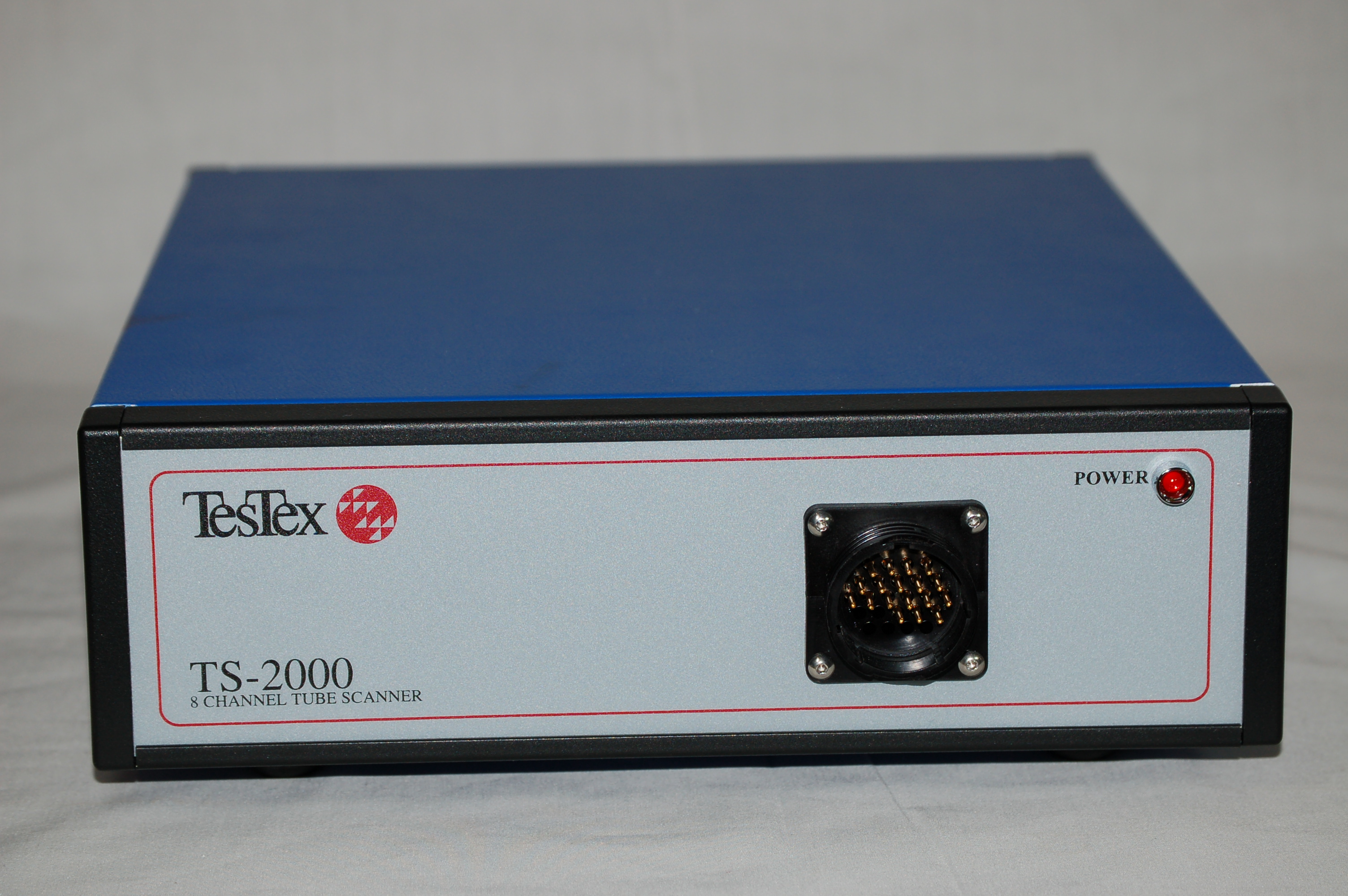
- The TesTex TS-2000 Tube Scanning System has been replaced by the Triton II RFET / LFET Inspection System.
TS-2000 Tube Scanning System
Clicking "Quote" will add the item to a temporary cart and prompt you to register/login. To view the items in this cart or send us an email requesting a quote, please complete the registration process or login.
| Description | Quantity | Add to |
|---|---|---|
| Triton II RFET | ||
| Triton II LFET |